Sky lanterns are synonymous with Taiwanese culture, drawing tens of thousands of tourist to Taiwan each year. At first, releasing sky lanterns seems to be fun and harmless, but, what goes up must also come down. The magical and beautiful sky lanterns can be harmful to the environment. (Read also: Waterfalls and Sky Lanterns: A day tour to Shifen and Pingxi)
In response, Shao Ai Ting, a young entrepreneur and the founder of Bank of Culture, updated the traditional sky lantern and developed a new more eco-friendly prototype. In 2016, Shao and her team crowdfunded online, raising NT$1.6 million (around US$52,000) within about three months.
(Read also: a conversation between China Daily and Shao – Innovation could provide a brighter future for Taiwan’s sky lanterns)
Taiwan Scene recently sat down with Shao to learn about the creation of this eco-friendly sky lantern, as well as the history of Pingxi in Northern Taiwan.
Q1. How did you come up with the idea of inventing eco-friendly sky lanterns?
Behind sky lanterns’ beautiful image lies a serious waste problem. Despite being a visual representation of Taiwan’s culture, they are also a huge burden on the environment. As a result, in 2016, we decided to cooperate with sky lantern masters to develop a more sustainable version of the sky lantern.
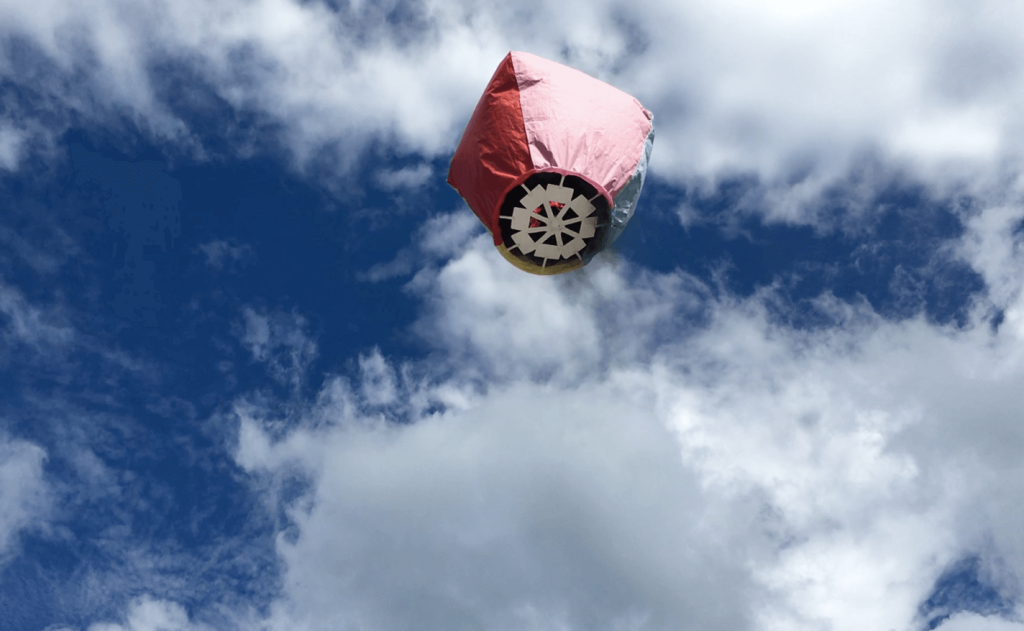
Q2. What kind of environmental issues do traditional sky lanterns present?
Approximately 300,000-400,000 sky lanterns are released in Pingxi every year. If we assume each sky lantern weighs 150g, that’s at least 45 tons of refuse landing in the forest each year. Through an incentive program, the government encourages local residents to collect sky lantern waste from the forest. The highest recorded annual collection was 90% of the waste. In other words, that’s still 4.5 tons of waste left uncollected and polluting the environment. (Read also: Retrieving Sky Lanterns in Pingxi)
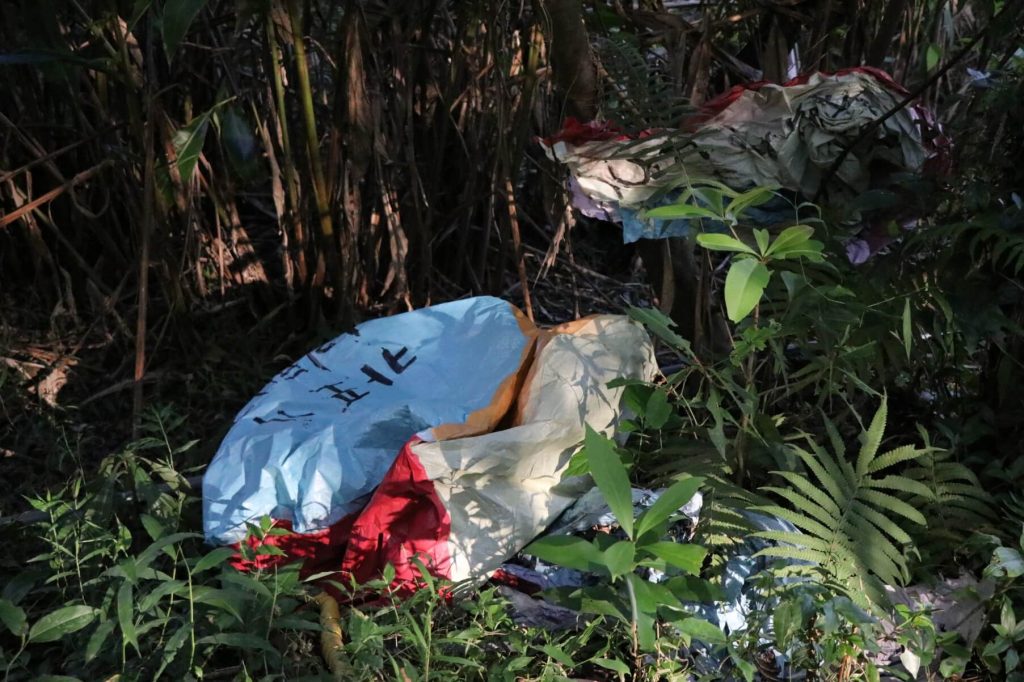
Q3. If the traditional ones are harmful to the environment, why are people still selling them?
Being synonymous with lanterns, Taiwan and Pingxi in particular became known for their rich culture. Every year, enticed by the prospect of releasing their own lanterns, large numbers of international travelers visit Taiwan. Pingxi Sky Lantern Festival is one of Taiwan’s best known festivals amongst foreign visitors. The festival is world renowned, receiving notable international recognition from the likes of Discovery, CNN, National Geographic and Fodor’s. Sky lanterns are often depicted in movies and promotional materials as a symbol of hope, unity and inspiration. They are an important image of Taiwanese culture. (Fordor Travel: The 20 Best Things to Do When Traveling to Taiwan)

Q4. How long did it take for you to come up with your version of the sky lantern?
We gathered together people from a variety of different professional backgrounds, including industrial designers, mechanical engineers and chemical engineers to try and come up with a solution. After two-and-a-half years of work and testing, we finally developed an environmentally friendly sky lantern that can be mass produced.
Q5. Could you tell us the main differences between your eco-friendly sky lanterns and the traditional ones?
When traditional sky lanterns burn out, they fall into the forest and basically become garbage – they are made of paper (that is highly resistant to water), iron wire, tape and bamboo. Apart from the bamboo, the rest of the components take an incredibly long time to decompose. The environmentally friendly lanterns, on the other hand, are made entirely from paper which is also used as fuel. As a result, the entire lantern can burn out in the sky when it reaches a certain altitude. Due to burning out high in the sky, the sustainable lanterns can still carry out the traditional purpose of carrying wishes.

Q6. What was the biggest challenge you faced?
Developing an eco-friendly bracket was difficult. In traditional lanterns, the bracket is made from wire for stability. After six months of testing, our engineers found a solid enough material that was both flame resistant and structurally stable enough.

Q7. Some people think releasing any kind of sky lantern still produces harmful CO2 emissions. How do eco-friendly sky lanterns affect the environment?
For us, the point is whether or not there is a way to balance the cycle after CO2 is released into the atmosphere. Our calculations worked out that one eco sky lantern produced 1.28kg of CO2 emissions. This approximately the same as taking a taxi from Taipei Main Station to Banqiao Station, or equal to the emissions from 1.5 days of an adult’s breathing.
Q8. How do you intend to promote your eco-friendly sky lanterns to tourists and local venders?
Our plan has three stages:
Short term: planting trees
Domestic research shows that a 20-year-old tree can absorb 11-18kg of carbon dioxide in one year depending on the species (Lin Juncheng, 2002). If a 20-year-old tree absorbs 11kg of CO2 per year, a tree can absorb the total carbon emissions of about 8.6 sky lanterns over that time period.
Therefore, in the short-term, we will allocate a certain percentage of our profits towards a tree planting fund in an attempt to offset the emissions from our lanterns. At the same time, we will commission a professional environmental engineering team to estimate our carbon footprint and then cooperate with the Wutong Foundation (梧桐基金會) to plant trees.

Medium-term: zero carbon emission sky lanterns
After conducting a complete carbon footprint calculation, we are planning to invite professional consultants and inspection agencies to conduct a carbon neutral management plan verification in accordance with International Guidelines PAS 2060. Finally, we’ll allocate a certain percentage of the money to purchase carbon credits for carbon neutrality, offsetting all possible greenhouse gas emissions during the entire life cycle of the sky lantern from raw material preparation to release.
Long-term plans: limiting the number of sky lanterns
We don’t encourage the non-restriction of the number of sky lanterns. As a result, we need to discuss the environmental impact of Pingxi. In the long-term, we want to work out the upper limit of how many sky lanterns can be released without irreversibly damaging the environment.
Taiwan’s first eco-friendly lantern festival
WISH 2019 Sustainable Sky lantern festival is the first sky lantern event inviting people to experience eco-friendly sky lanterns. When we make a wish, our sky lanterns fully combust and disintegrate in the sky, leaving behind zero waste. (Read more: Taiwan’s first eco-friendly lantern festival is happening this October)
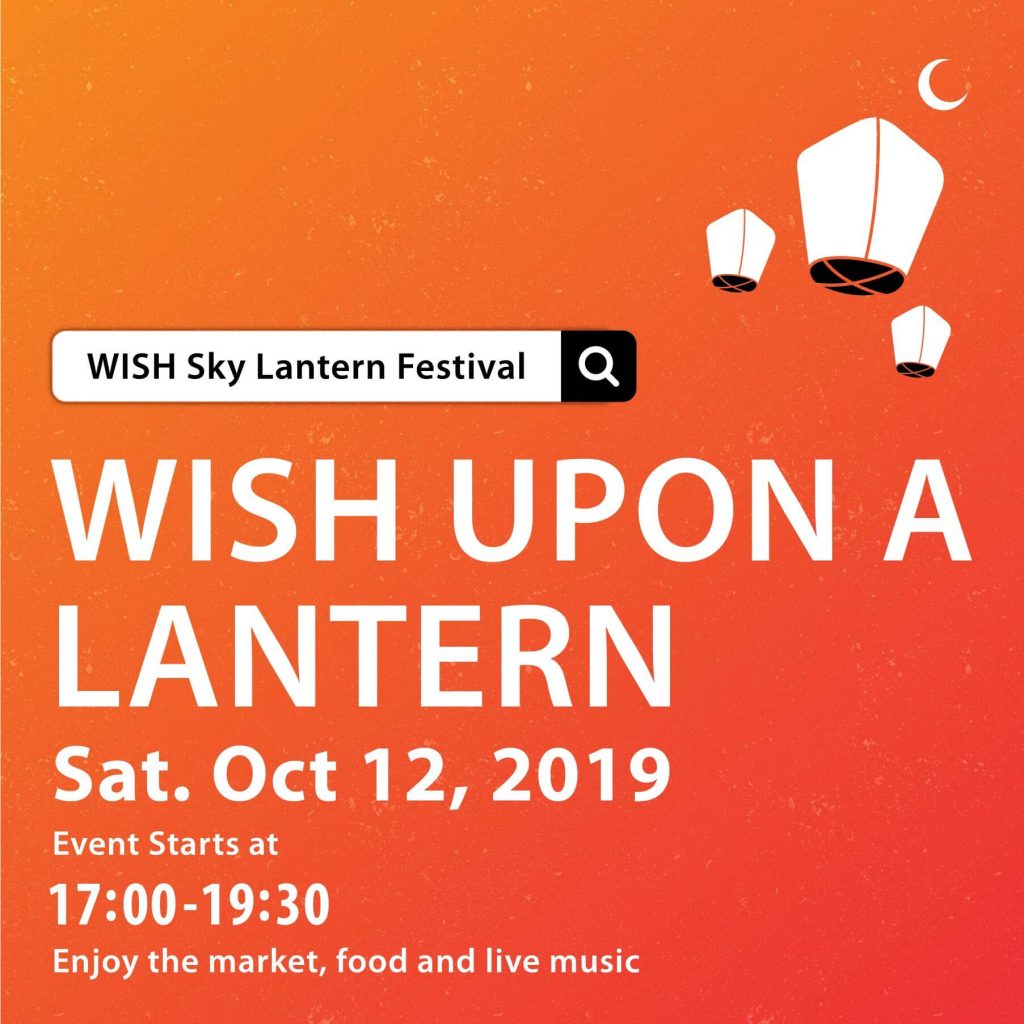
WISH, named in recognition of Pingxi’s local history, is a magical evening deep in the forest with live music, craft beer, local arts & crafts and a farm-to-table dining experience featuring Taiwan’s organic produce, followed by lighting up the night’s sky with eco-friendly lanterns that’ll burn up without a trace.
Wish upon a lantern this October:
WISH 2019-Sustainable Sky Lantern Festival
Ultimate Taipei & Sky Lantern Festival Tour (Limited Edition)
Jiufen and Pingxi Sky Lantern Festival Tour (Limited Edition)
About Bank of Culture
Bank of Culture is an organization that works to keep Taiwanese culture and tradition alive in modern Taiwan. They are the developers of the eco-friendly sky lanterns that will be used at MyTaiwanTour’s WISH Festival.

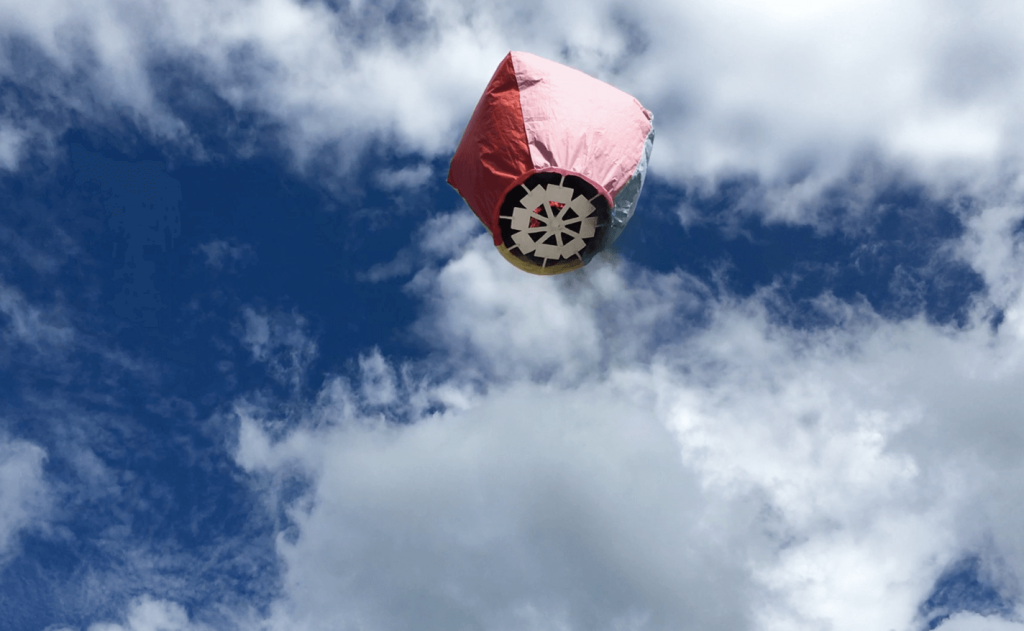

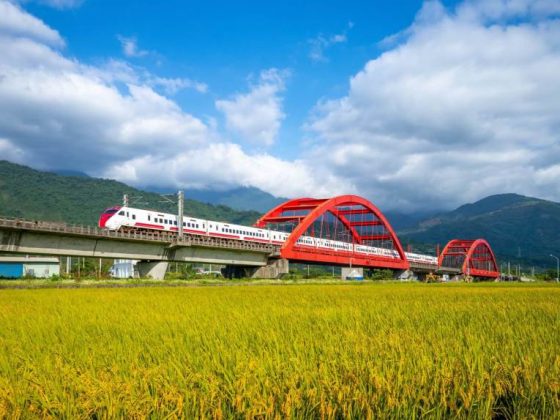









Comments are closed.